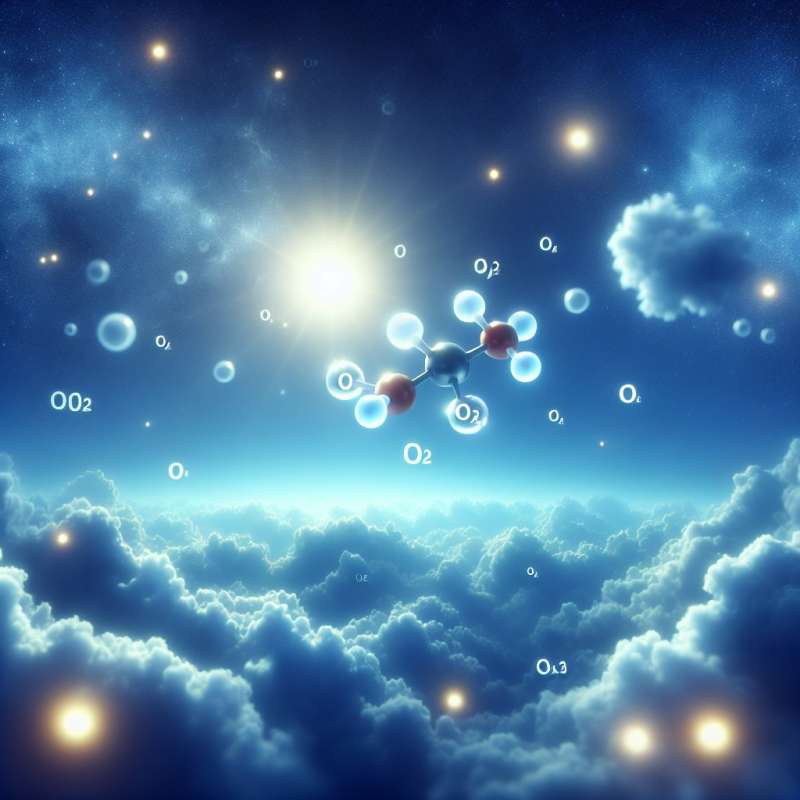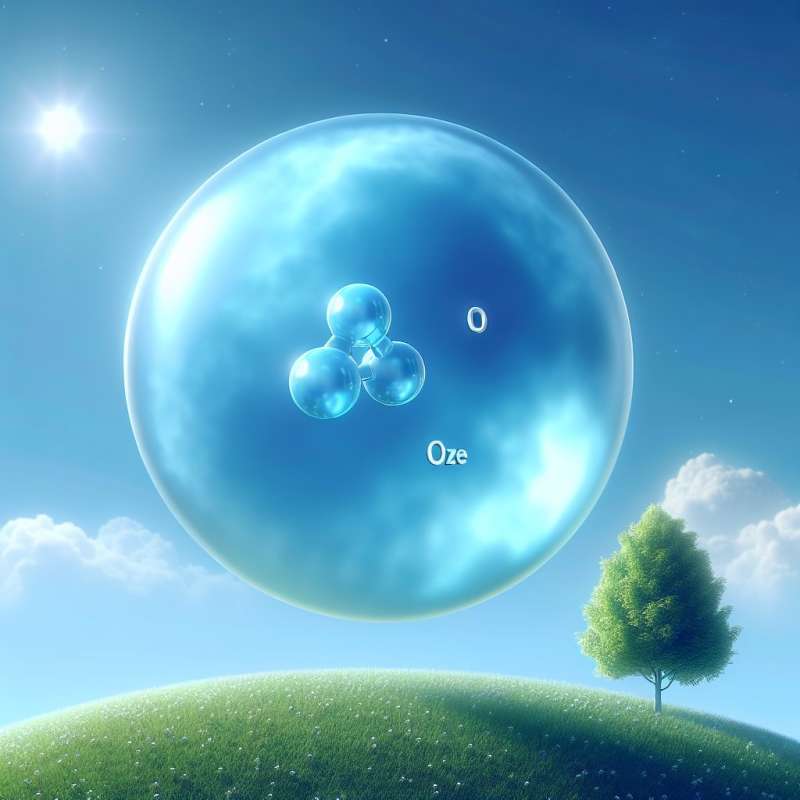
Ozone Layer Formation
The ozone layer is formed through a natural process called the ozone-oxygen cycle. This cycle involves the interaction of oxygen molecules (O2) with ultraviolet (UV) light from the sun.
UV Light Breaks O2
When high-energy UV light strikes an oxygen molecule, it splits into two separate oxygen atoms. This photodissociation is a vital step in forming the ozone layer.
Oxygen Atoms React
The free oxygen atoms then combine with unbroken O2 molecules. This collision results in the creation of ozone (O3), a molecule consisting of three oxygen atoms.
Ozone’s Continuous Cycle
Ozone is not a permanent molecule. It continuously breaks apart into molecular oxygen and a free atom, then reforms. This dynamic equilibrium is crucial for maintaining the ozone layer's stability.
Ozone Layer's Altitude
The ozone layer is located within the stratosphere, approximately 10 to 30 miles above Earth's surface. Here, the conditions for ozone formation are optimal due to the balance of UV radiation and cold temperatures.
Ozone's Protective Role
The ozone layer absorbs most of the sun's harmful UVB rays. Without it, life as we know it could not exist on Earth's surface due to increased UV radiation.
Human Impact Revealed
Chlorofluorocarbons (CFCs) and other halogenated ozone-depleting substances (ODS) have been shown to break down ozone molecules, leading to the ozone hole phenomenon, primarily over Antarctica.Ozone Layer's Ancient Origin
The ozone layer has been shielding Earth for around 2.4 billion years, predating most forms of complex life.
How is ozone (O3) primarily formed?
UV light breaks O2
CFCs react with O2
O2 cools in stratosphere
Company